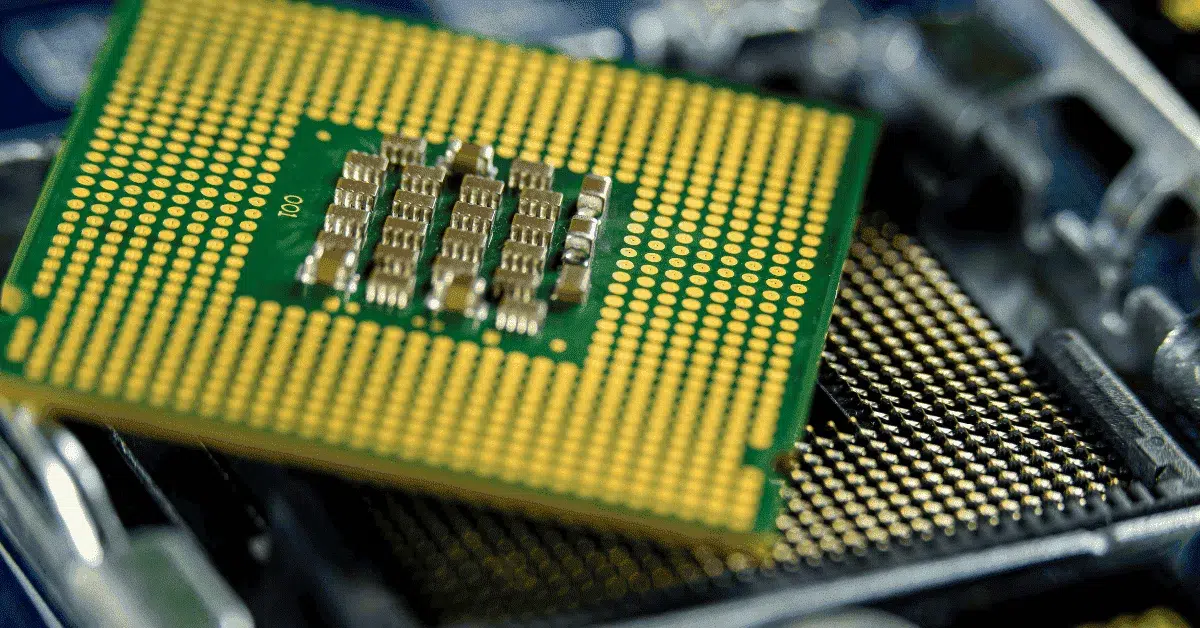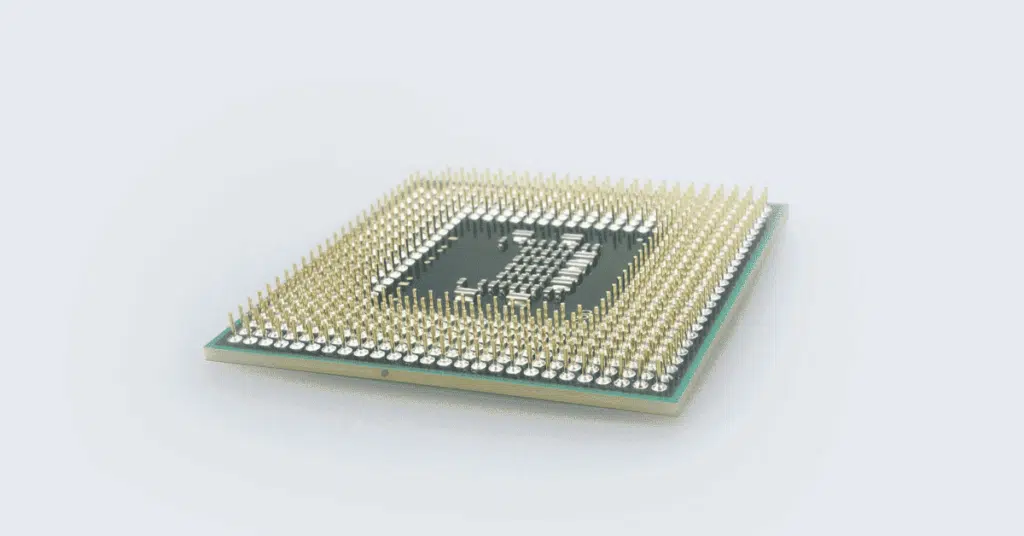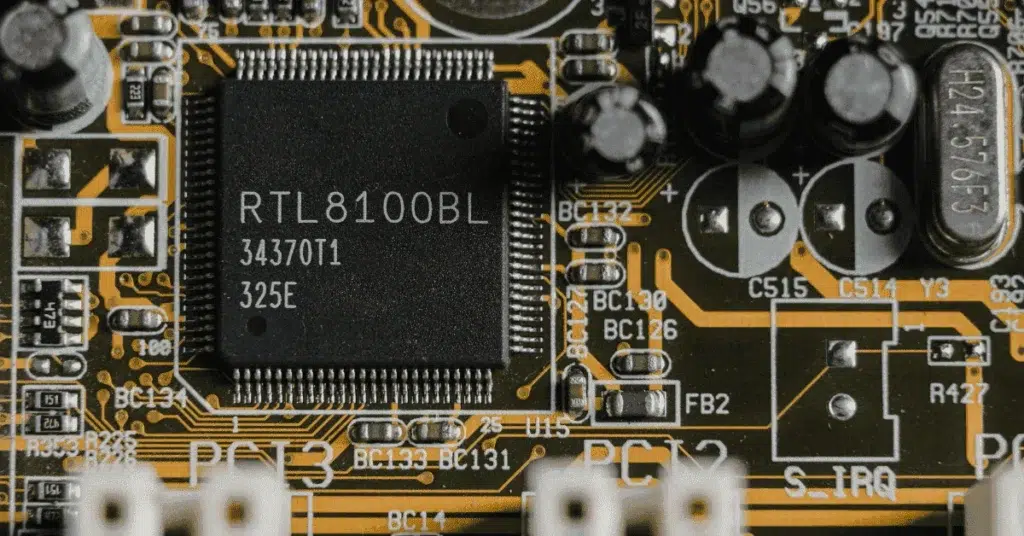Our Location
304 North Cardinal St.
Dorchester Center, MA 02124

The semiconductor industry is the heart of the digital age. These tiny chips, invisible to the naked eye, are powering everything from smartphones and laptops to electric vehicles and satellite systems. As the world transitions into the era of artificial intelligence (AI), 5G, and the Internet of Things (IoT), semiconductors are more critical than ever. For India, a country with a booming digital economy and vast consumer base, the semiconductor industry holds transformative potential. In this article, we explore what semiconductors are, analyze India’s semiconductor landscape in 2025, review past demand trends, and assess the future of this high-impact industry.
A semiconductor is a material that possesses electrical conductivity between that of a conductor and A semiconductor is a material that has electrical conductivity between that of a conductor (like copper) and an insulator (like glass). Its conductivity can be controlled or modified by adding impurities (a process called doping), temperature changes, or electric fields.
Semiconductors are the foundation of modern electronics. They are used to make transistors, diodes, and integrated circuits, which power devices like smartphones, computers, solar cells, and LED lights. The most commonly used semiconductor material is silicon.
In short, a semiconductor is a controllable conductor used in electronic devices to manage the flow of electricity.

Semiconductors are broadly classified into two types:
By combining N-type and P-type materials, manufacturers create electronic components like diodes, transistors, and integrated circuits.
The functionality of semi-conductors depends heavily on their ability to control current. In a pure state, semiconductors do not conduct well. However, when energy (like heat or light) is applied or when dopants are introduced, they can allow current to pass through.
One key feature is the PN junction, formed by combining P-type and N-type semi-conductors. This junction allows current to flow in one direction only — a principle used in diodes and rectifiers. By manipulating these junctions, engineers can design circuits that amplify signals, switch currents on and off, and perform logical operations (as in computers).
Semi-conductors are essential in nearly every electronic device we use today. Their applications include:
The most widely used semi-conductor material is silicon, due to its abundance and stable properties. Other materials include:
In 2021, India launched the Semicon India Programme with a massive outlay of INR 76,000 crore (~$10 billion) to promote the development of the semiconductor and display manufacturing ecosystem. By 2025, this policy has resulted in:
As of 2025, several major projects are in various stages of development:
India is already a global leader in semiconductor design services:
As of 2025, India has firmly established itself as a global leader in semi-conductor design services, contributing over 20% to 25% of the world’s chip design talent. The country is home to more than 50,000 to 60,000 highly skilled VLSI and chip design engineers, making it one of the largest semiconductor design talent pools globally. Major technology hubs like Bengaluru, Hyderabad, Noida, Chennai, and Pune host over 150 multinational R&D centers, including those of Intel, AMD, Qualcomm, Nvidia, Texas Instruments, Broadcom, MediaTek, and Samsung. These centers focus on high-end design services such as ASIC and SoC design, RTL verification, embedded systems, DFT (Design for Testability), physical layout, and post-silicon validation.
India’s leadership in semi-conductor design has been built on a strong foundation of technical education, with more than a million engineering graduates produced annually, many specializing in electronics and computer science. The country offers a high-quality yet cost-effective design workforce, which has encouraged global companies to increasingly offshore design functions to Indian teams. The Indian government is also actively promoting chip design through initiatives like the Design Linked Incentive (DLI) Scheme and the India Semi-conductor Mission (ISM), providing funding and support to fabless startups and IP design firms.
In recent years, India has also begun playing a vital role in emerging areas like AI chip design, automotive electronics, chiplet integration, and RISC-V-based architectures. Despite the current absence of large-scale commercial semiconductor fabrication units, India’s contribution to chip architecture and design continues to grow. With increasing geopolitical shifts, talent shortages in other regions, and the global push for supply chain diversification, India’s semiconductor design capabilities are becoming more central to the world’s technology ecosystem.
The Indian government, in collaboration with academic institutions like IITs, IISc, and NITs, is investing heavily in research and talent development:
According to the India Electronics and Semi-conductor Association (IESA):
India’s fast-growing smartphone and laptop markets were major contributors:
The push for electric vehicles (EVs) and advanced driver-assistance systems (ADAS) is increasing electronic transistor usage in vehicles:
The rollout of 5G infrastructure and adoption of smart devices is accelerating chip demand:
India’s digital transformation led to a sharp increase in the number of data centers:
India still heavily relies on imports for its crystal rectifier needs. Globally, Taiwan, South Korea, and the USA dominate chip manufacturing. However, geopolitical tensions and supply chain disruptions are pushing companies to diversify supply chains. India is emerging as a trusted, stable alternative due to:
India’s design strength, paired with upcoming fab and ATMP units, will strengthen its global standing in the next decade.

India’s semiconductor market is projected to reach:
The goal is to reduce dependency on imports by:
India is poised to become an export hub for:
Major companies are looking at India not just as a consumer but as a strategic partner in the global supply chain.
By 2025 and beyond, Indian companies are investing in:
The combination of talent, infrastructure, and policy is enabling innovation across the semiconductor value chain.
Despite the momentum, several challenges remain:
The government and industry must collaborate to mitigate these risks through public-private partnerships and international alliances.
India’s growing semiconductor ecosystem offers lucrative opportunities:
Venture capital interest is rising, with many Indian deep-tech startups attracting funding in 2024 and 2025.
The semiconductor industry in India is at a pivotal point in 2025. From near-complete dependency on imports to building its own fabs and ATMPs, India is on the path to becoming a global semiconductor hub. Strong government backing, growing market demand, and a world-class talent pool make this an exciting sector for long-term growth.
By 2030, India may not only meet its domestic microchip needs but also play a major role in shaping the future of global technology.

Welcome! I am a dedicated entrepreneur running an industrial affiliate product website, helping businesses and professionals find the best tools, equipment, and resources for their needs. With a passion for industrial products and a keen eye for quality, I curate and recommend top-performing items that enhance efficiency and reliability.
Through my platform, I aim to simplify the buying process by providing valuable insights, expert reviews, and trusted affiliate links to high-quality industrial products. Whether you’re looking for the latest machinery, tools, or safety gear, I strive to connect you with the best solutions available.
Thank you for visiting, and I look forward to helping you make informed purchasing decisions!